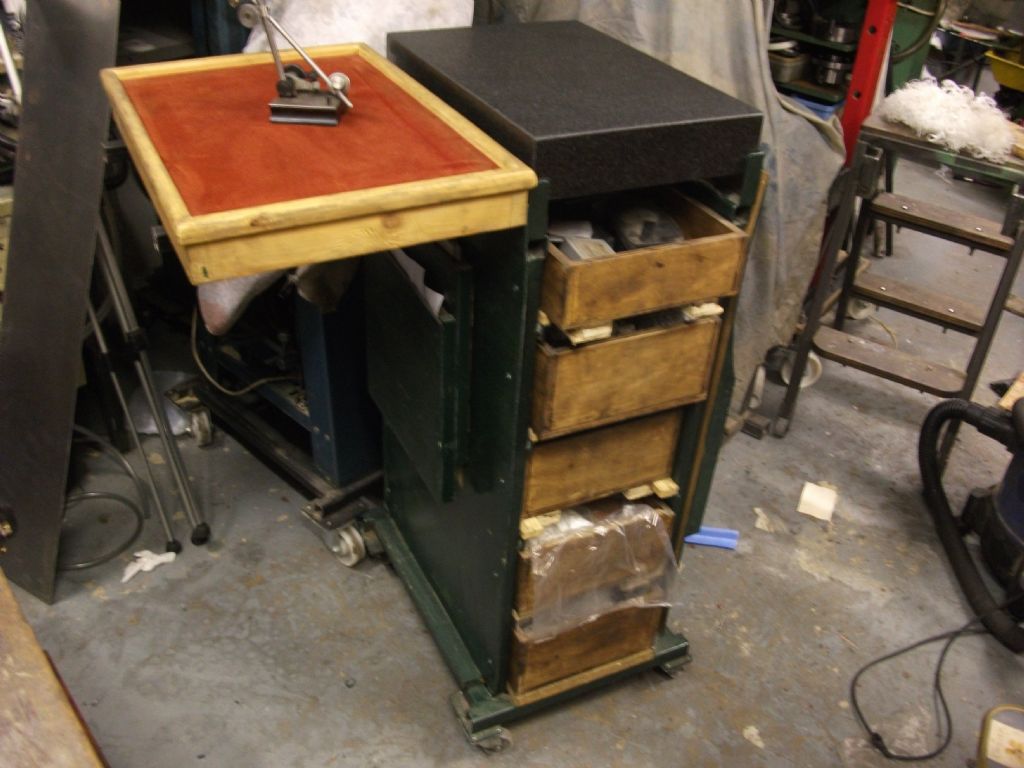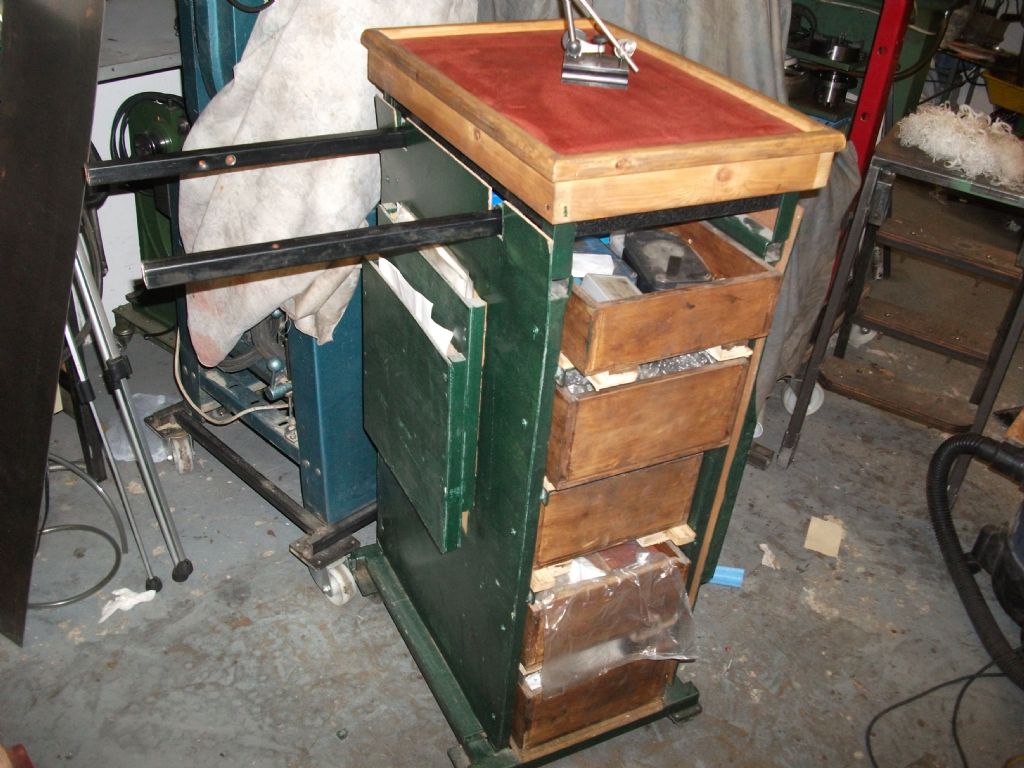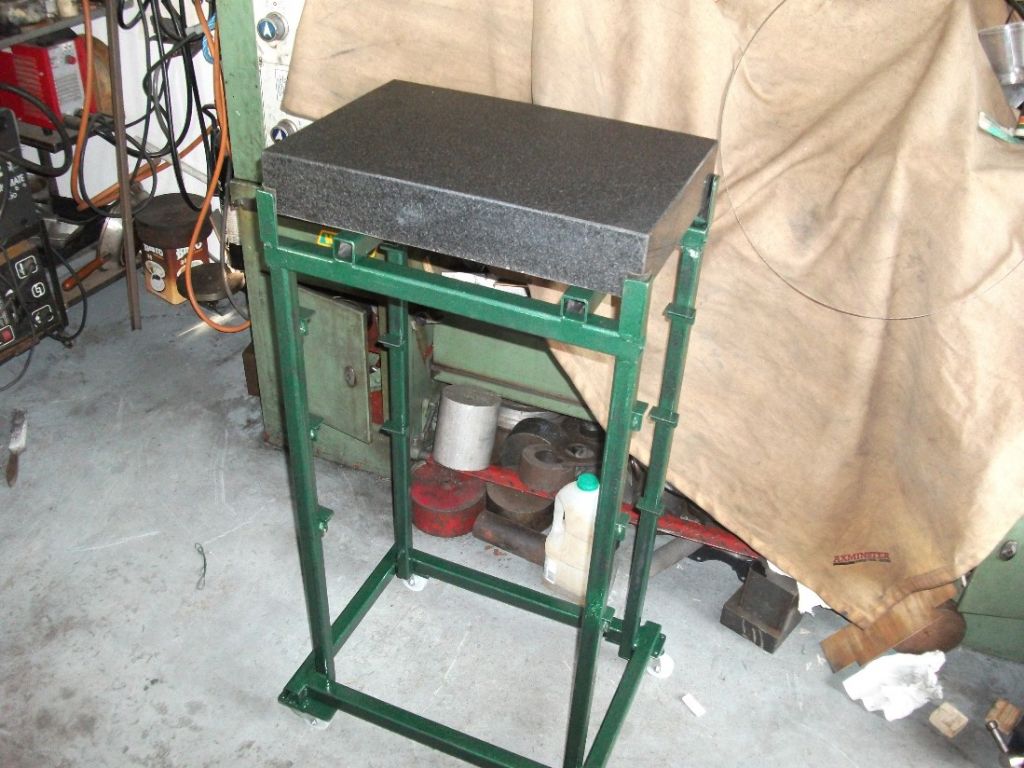The granite was not standing on a flat surface, but on an edge, my post said that it was leaning! THAT was the problem.
ANY material subjected to a load will deflect. How much depends up, on the stiffness, and the applied load.
Watch a TV aerial mast in a strong wind.
If you LEAN a sheet of any material on one edge, the weight, acting through the centre of gravity will bend it. Think of a sheet of thin steel, or aluminium.
A sheet of paper laid flat has almost no stiffness, Stand it on edge and then try to bend it.
If you are stopped en route to the Dartford crossing, on the bridge near Junction 13, on the M25 you will feel it deflect appreciably when a heavy lorry goes past on the other carriageway.
Remember the film of the Tacoma Narrows bridge failure! And more recently the bridge collapse in Italy!
In the case of the surface plate, a 6' x 4' lump of granite, 6 inches thick is HEAVY, and so will bend in the same way as a thin sheet, but not so obviously..
Since we are talking surface tables which are required to be absolutely flat, deflections of a tenth of a thou become very significant and unacceptable. You can't measure to a "tenth" if the datum surface is a tenth different in level from point to point.
Howard
Clive Foster.







